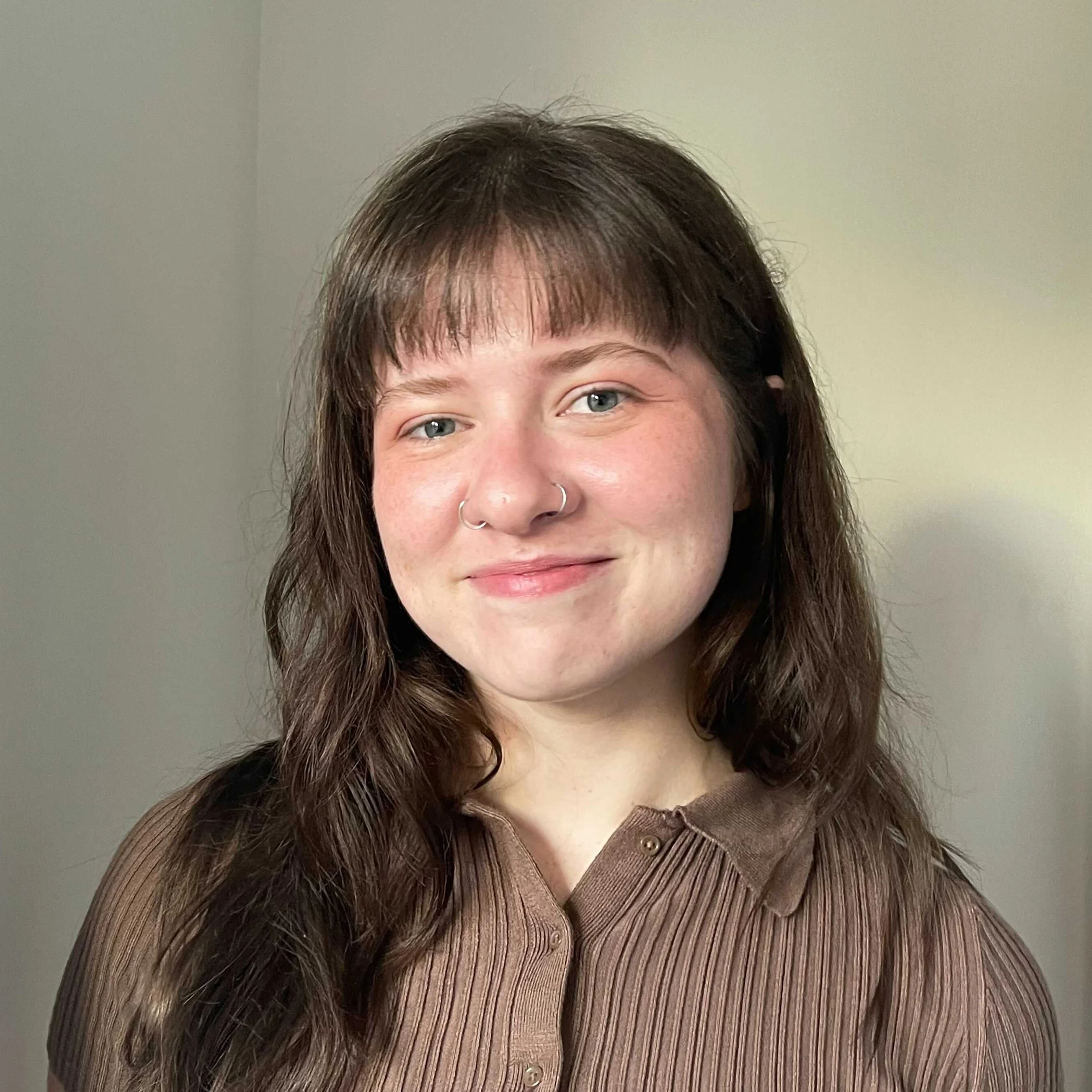Brown, white, and pink noise: What they are and how they can help with ADHD
White, brown, and pink noise may help some people with ADHD with focus and sleep. The different colors have different sounds. But they do the same thing — block out the sudden noises that interrupt concentration and sleep.

Expert reviewed by Andrew Kahn, PsyD
You’ve probably heard the term “white noise.” It refers to a type of sound that blocks out distracting noises. And while there’s no clear evidence of the benefits, many people find that it helps them relax, sleep, or focus better.
White noise isn’t the only type of sound that can have this effect, however. There’s also “pink noise” and “brown noise.”
These color noises all serve the same purpose, but people may prefer one over another. (Some people find that another type, “green noise,” helps with sleep.)
This type of noise can be especially helpful for people with ADHD and anxiety. Problems with sleep and focus are common with those conditions.
You can find different color noises in apps, on websites, and on devices. They also occur naturally around us. Think about the sounds that rain or a waterfall make.
Learn more about color noises and how they might help.
The difference between the color noises
The differences in the noises have to do with the spectrum of sound frequencies. (A frequency is the number of times a sound wave repeats itself in one second). This spectrum ranges from low pitch to high pitch.
White noise is generally the full range of frequencies, like calm ocean waves crashing. Brown noise is just the lower end of this range, like ocean waves during a storm. Pink noise is somewhere in between, like a light rainfall.
How they can help with focus
Brown, white, and pink noise can help some people with focus. They each provide a blanket of consistent background noise. This can block out distracting noises that pop up and interfere with concentration.
Anything that reduces distraction for people with ADHD is a benefit. But color noises may also help stimulate the ADHD brain. This type of sound may jump-start the dopamine the brain needs to get messages from neuron to neuron. That can make it easier to pay attention.
Color noises are kind of like doodling — using a part of your brain in the background to help pay attention to something else.
How they can help with sleep
Many people have a hard time falling asleep, staying asleep, and waking up. It’s a common problem for people with ADHD.
General noise isn’t what usually disrupts sleep. It’s more likely to be a sudden change in noise, like something falling on the floor. Color noises can block these sounds.
There’s another way color noises may help people with ADHD have better sleep. The stimulation they give the brain may help ease the anxiety that often comes with ADHD. It can allow the brain to wind down and relax for bedtime.
These noises are not a cure-all for ADHD, or for other challenges. But they can be a great tool to try out to see if they help. Learn more about how attention works. Find tips on how to get better sleep. Listen to this In It podcast episode on ADHD and sleep problems.


